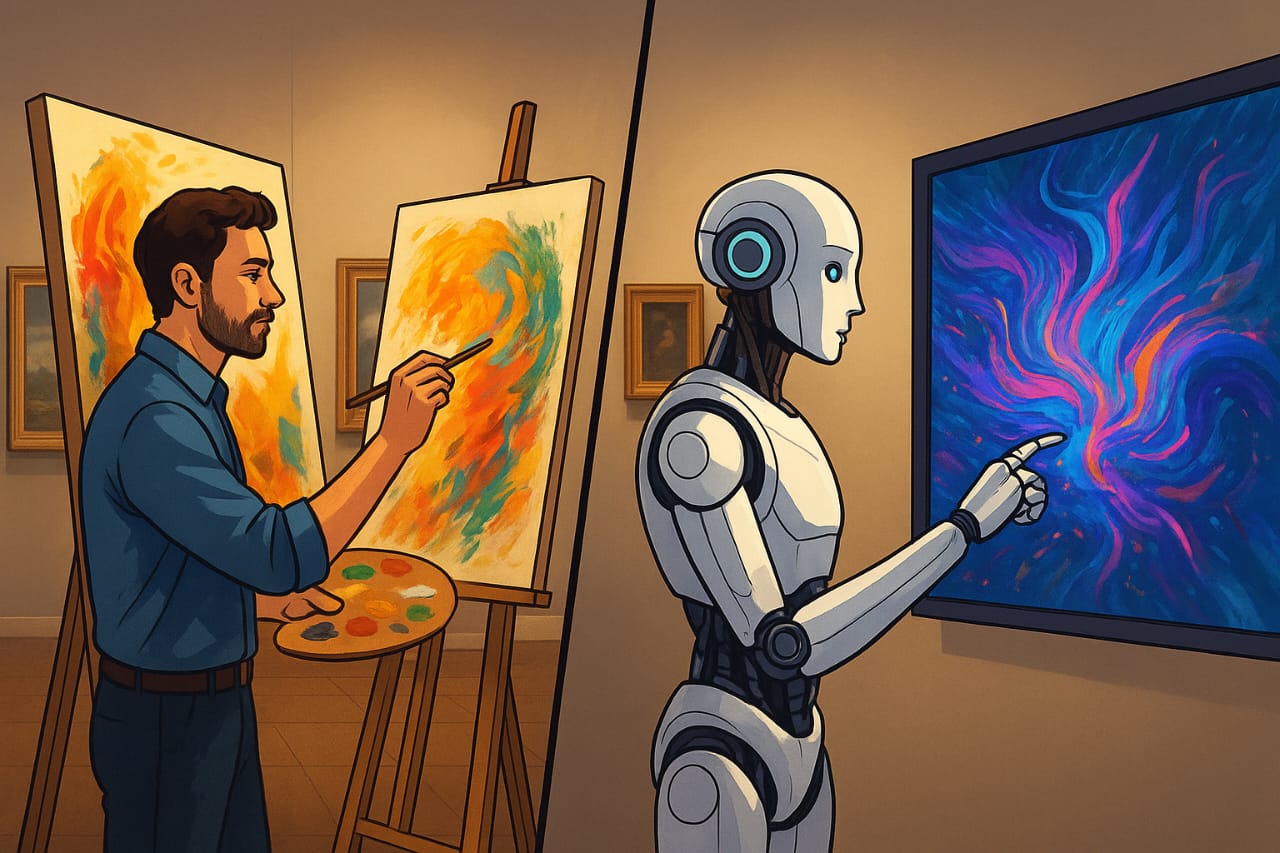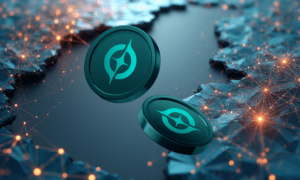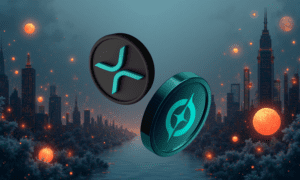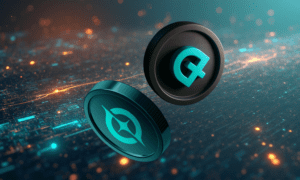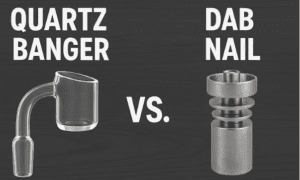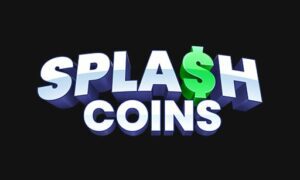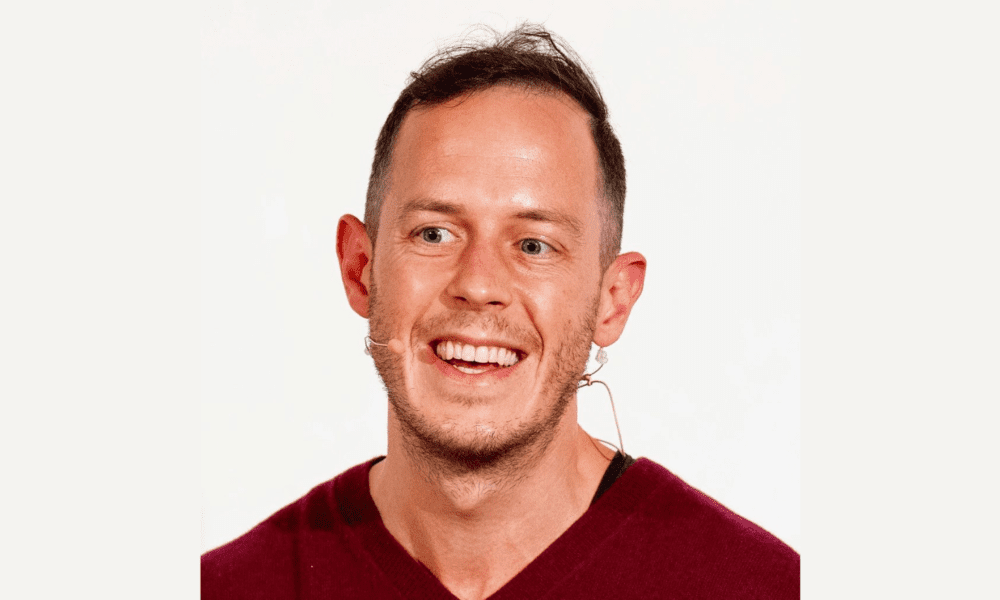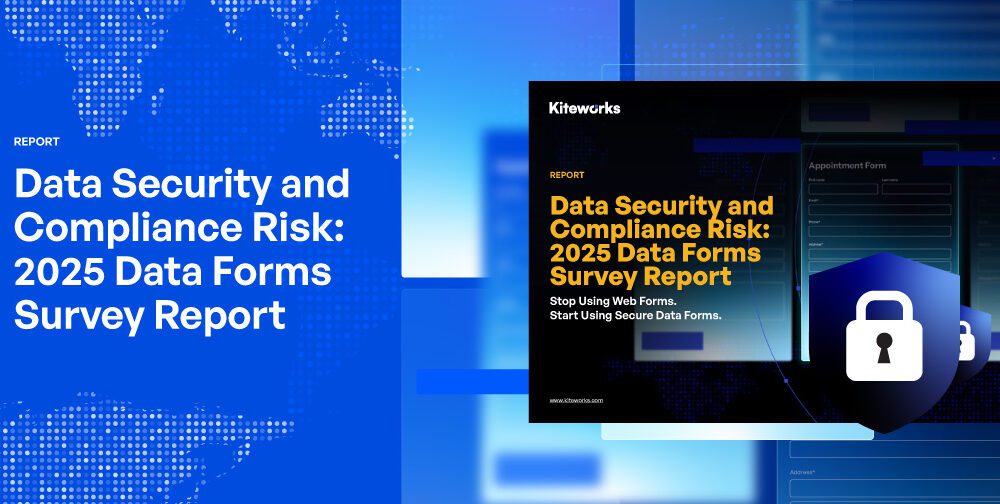By: Jawad Hassan Sarki
Introduction
In the 21st century, Artificial Intelligence (AI) has moved far beyond science fiction — it has entered every part of human life. From self-driving cars and digital assistants to chatbots and automated factories, AI performs tasks that once required human effort, judgment, and even creativity.
But one question has created a global debate: Can machines replace human creativity? Can an algorithm become a poet, painter, or musician?
In recent years, tools like ChatGPT, DALL·E, Midjourney, and AIVA have shocked the world. These systems can write stories, generate paintings, and compose music within seconds. To some, this marks the dawn of a new creative revolution. To others, it signals the loss of the uniquely human spark — emotion, imagination, and soul — that defines art itself.
This article explores both perspectives. It explains what AI art really is, how it benefits the creative industry, where it falls short, and whether machines can ever truly replace artists.
What Is AI in Art and Creativity?
AI in creativity refers to the use of machine learning and deep learning algorithms that study vast collections of existing artworks, songs, or texts to generate something new. These systems analyze color patterns, writing styles, or musical rhythms, and then reproduce them in unique ways.
Examples include:
- DALL·E and Midjourney, which turn written prompts into detailed digital images.
- ChatGPT and Jasper AI, which create poetry, novels, and movie scripts.
- AIVA (Artificial Intelligence Virtual Artist), which composes music for films and video games.
Through AI, anyone can now produce creative content — no painting skills or musical training required. The creative process that once took days or months can now happen in minutes. However, the speed and technical perfection of AI raise an important question: Does this efficiency equal true creativity?
Human Creativity: The Power of Emotion and Experience
Creativity is more than the ability to produce something new; it is an expression of emotion, culture, and experience. Human beings create not just from logic but from the depth of their hearts and memories.
When Pablo Picasso painted Guernica, he captured the horror of war and human suffering. When Faiz Ahmed Faiz wrote his revolutionary poetry, he expressed love, pain, and the longing for freedom. Their art did not come from data — it came from experience, emotion, and the human condition.
AI, no matter how advanced, cannot feel. It can learn what sadness looks like or what happiness sounds like, but it cannot experience them. It can analyze emotional patterns, but it does not know what loss or joy truly mean.
That is what gives human art its soul — the ability to make people feel something beyond the image or sound. Machines can imitate the outer form of creativity, but not its inner meaning.
Advantages of AI in the Creative Industry
Despite its emotional limitations, AI has brought enormous benefits to artists, designers, and the creative economy.
- Speed and Efficiency
AI dramatically reduces production time. A single click can produce hundreds of designs, melodies, or story ideas. This helps creators meet tight deadlines and explore more possibilities quickly. - Cost-Effectiveness
Hiring large creative teams is expensive. AI allows small companies and independent artists to create professional-quality work at a fraction of the cost. - Accessibility and Democratization
Tools like Canva AI or Adobe Firefly empower anyone to create beautiful designs without professional skills. Creativity has become more inclusive than ever before. - Innovation and Experimentation
AI can mix different styles — for instance, combining Van Gogh’s color palette with modern digital design. It encourages new art forms and hybrid genres that were impossible before. - Data-Driven Creativity
In marketing and entertainment, AI analyzes audience preferences and predicts what kind of art, design, or music people are most likely to enjoy. This helps businesses connect better with their audiences.
AI, therefore, should not be viewed as a rival to creativity, but as a partner that expands human potential.
Limitations of AI-Generated Art
Yet, no matter how impressive AI art looks, it has clear weaknesses that separate it from human creativity.
- Absence of Emotion
AI mimics emotion without truly understanding it. A program can write a sad poem or a romantic song, but it does not comprehend sadness or love. This often makes AI creations feel lifeless or mechanical. - Dependence on Data
AI cannot imagine beyond what it has learned. Its originality is limited by its dataset. If the data lacks creativity, the output will too. - Ethical and Copyright Issues
Many artists claim that AI systems train on their artwork without consent. When AI mimics an artist’s style, who owns the result — the algorithm or the artist it copied? This question remains unresolved. - Lack of Cultural and Historical Understanding
Human creativity is shaped by culture, history, and identity. AI does not understand cultural meaning; it simply imitates surface patterns. - Repetition and Predictability
AI can produce thousands of pieces that look good but often repeat similar styles or lack deeper narrative meaning.
AI art is intelligent but not inspired. It can produce form, but not feeling.
Famous Examples of AI Art Around the World
AI creativity has already captured global attention.
- In 2018, an AI-generated portrait called Edmond de Belamy was sold at Christie’s auction for $432,500, shocking the art world.
- Sony’s Flow Machines created an entire pop song using AI algorithms.
- AI-generated films and animations are now being featured in international festivals, showing the technology’s expanding role.
However, each of these projects still relied on human guidance — someone selected the training data, refined the output, and made the final artistic decisions. This shows that AI is still a tool of human creativity, not a replacement for it.
Can Machines Truly Replace Artists?
The short and honest answer: No, they cannot.
AI can create, but it cannot originate. It can generate endless variations of existing styles, but it cannot imagine a completely new concept driven by human passion or emotion.
Art is not only about beauty; it is about intention, communication, and emotion. These are deeply human qualities that no algorithm possesses.
AI may one day surpass humans in technical skill, but the heart of art — its purpose and emotional connection — will always belong to human beings.
Instead of seeing AI as competition, we should see it as a collaborative partner. Just as the invention of the camera did not end painting, AI will not end art — it will simply change how art is made.
The Future of Creativity: Collaboration, Not Competition
The future of the creative world will not be humans versus machines, but humans working with machines.
- Artists will become creative directors who guide AI tools to express their visions.
- Musicians will use AI to generate melodies, then add human emotion through performance.
- Writers will use AI to overcome writer’s block, polish language, and brainstorm ideas.
- Designers will test more concepts in less time, turning imagination into results faster.
This partnership will lead to hybrid creativity, where human feeling merges with machine precision. The art of tomorrow will be a blend of emotional storytelling and digital innovation.
However, to ensure a fair future, art institutions and universities must teach ethical AI use, encouraging young artists to treat AI as a creative assistant rather than a replacement.
Ethics and Responsibility in AI Art
As AI continues to evolve, ethical questions grow louder:
- Who owns AI-generated art — the user or the company that made the AI?
- Should AI systems be allowed to train on copyrighted artworks without permission?
- How can governments protect the livelihoods of human artists in the digital economy?
To answer these, we need strong AI policies that promote innovation while protecting human rights and creativity. Responsible AI use ensures that technology helps society rather than harms it.
The creative industry must build a future where technology serves imagination, not replaces it.
Conclusion
Artificial Intelligence has changed the world of creativity forever. It can paint, write, and compose faster than any human being. It can mimic artistic styles and even surprise us with its technical perfection.
But art is not only about skill — it is about soul.
Machines can generate beauty, but only humans can give it meaning.
AI will never replace the artist because creativity is born from emotion, consciousness, and experience — things no machine can feel.
Instead, the future of art belongs to collaboration. The greatest works of tomorrow will come from artists who use AI wisely — blending technology with imagination.
In this partnership, the machine provides power, but the human provides purpose.
And as long as purpose exists, human creativity will always remain irreplaceable.

